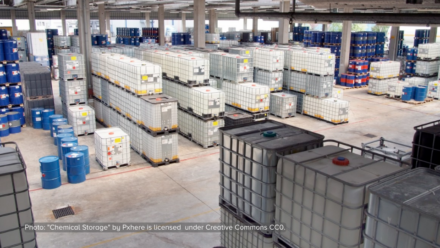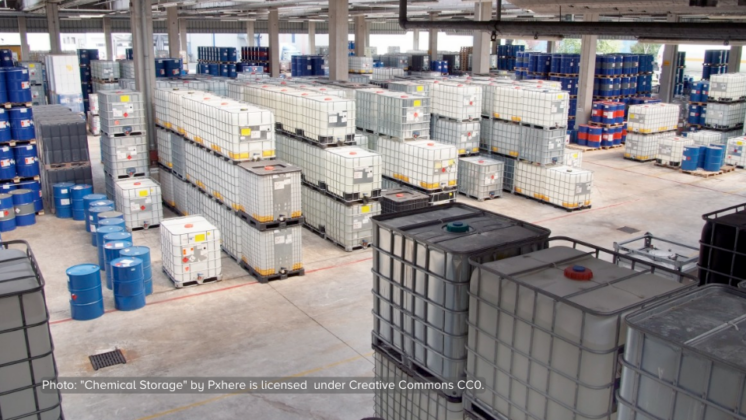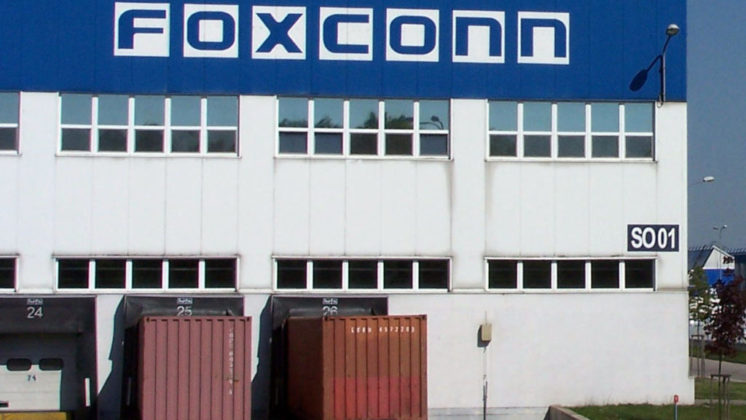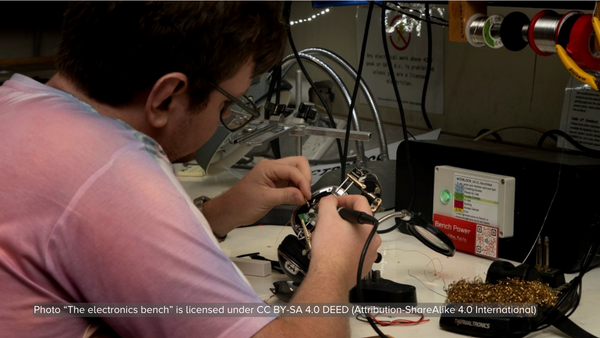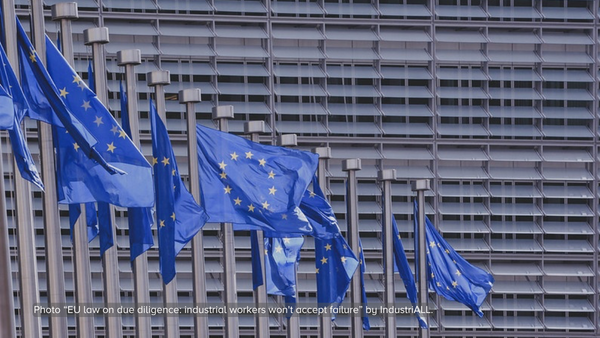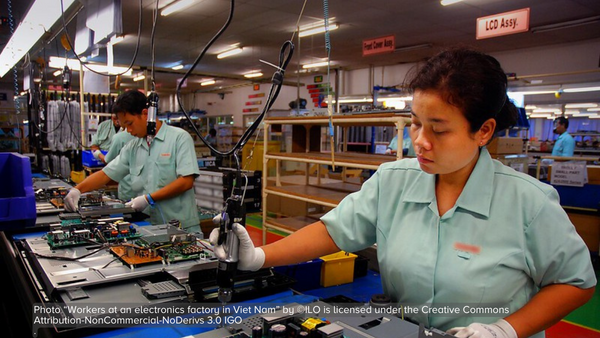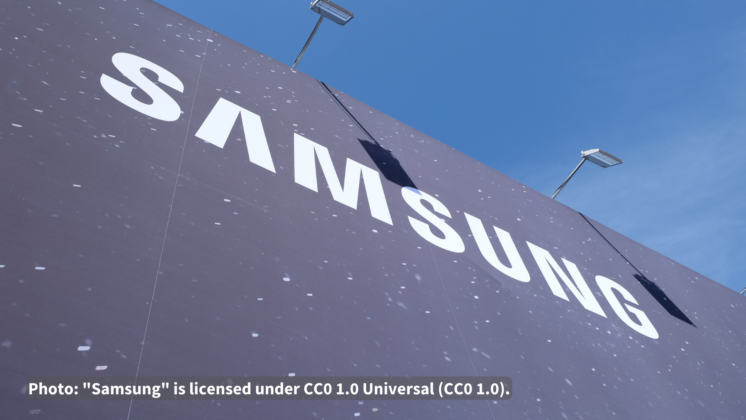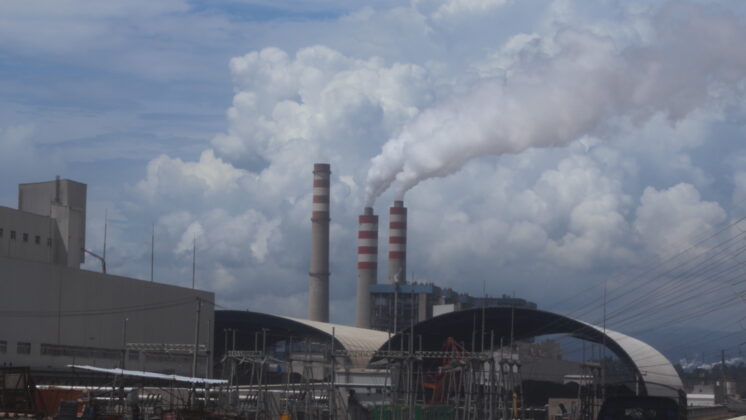The scramble for minerals did not spark the conflict in eastern Congo, but war profiteering has become the fuel that keeps the region aflame and lies beneath the surface of major regional tensions, notes a strategy paper released today by the Enough Project at the Center for American Progress.
The scramble for minerals did not spark the conflict in eastern Congo, but war profiteering has become the fuel that keeps the region aflame and lies beneath the surface of major regional tensions, notes a strategy paper released today by the Enough Project at the Center for American Progress.
"From Mine to Mobile Phone: The Conflict Minerals Supply Chain,” describes in detail the path that “conflict minerals” travel between their extraction during mining in the eastern region of the Democratic Republic of the Congo and their use in the manufacture of cell phones, laptops, MP3 players, and video game systems. The Enough Project paper identifies six separate steps in this complex supply chain.
"Understanding how the supply chain works is critical to persuading electronics companies to finally produce verifiably conflict-free cell phones and computers," says Sasha Lezhnev, the paper's co-author. "Conflict minerals lie beneath the surface of major regional tensions. Those who benefit from this deadly trade know full well that they are dealing with illegally exploited minerals, and they do so with a wink and a nod from governments and larger purchasers that have a vested interest in maintaining the status quo."
John Prendergast, the paper's co-author and a co-founder of the Enough Project, adds: "Because companies do not currently have a system to trace, audit, and certify where their materials come from, all cell phones and laptops likely contain conflict minerals from Congo. By demanding conflict-free products, consumers have a critical role to play in ensuring that Congo’s minerals to benefit its people rather than the armed groups that prey upon them."
For further info, contact:
- Sasha Lezhnev at [email protected] or 1-703-485-6959 or
- Eileen Read at 202-741-6376 or [email protected]

